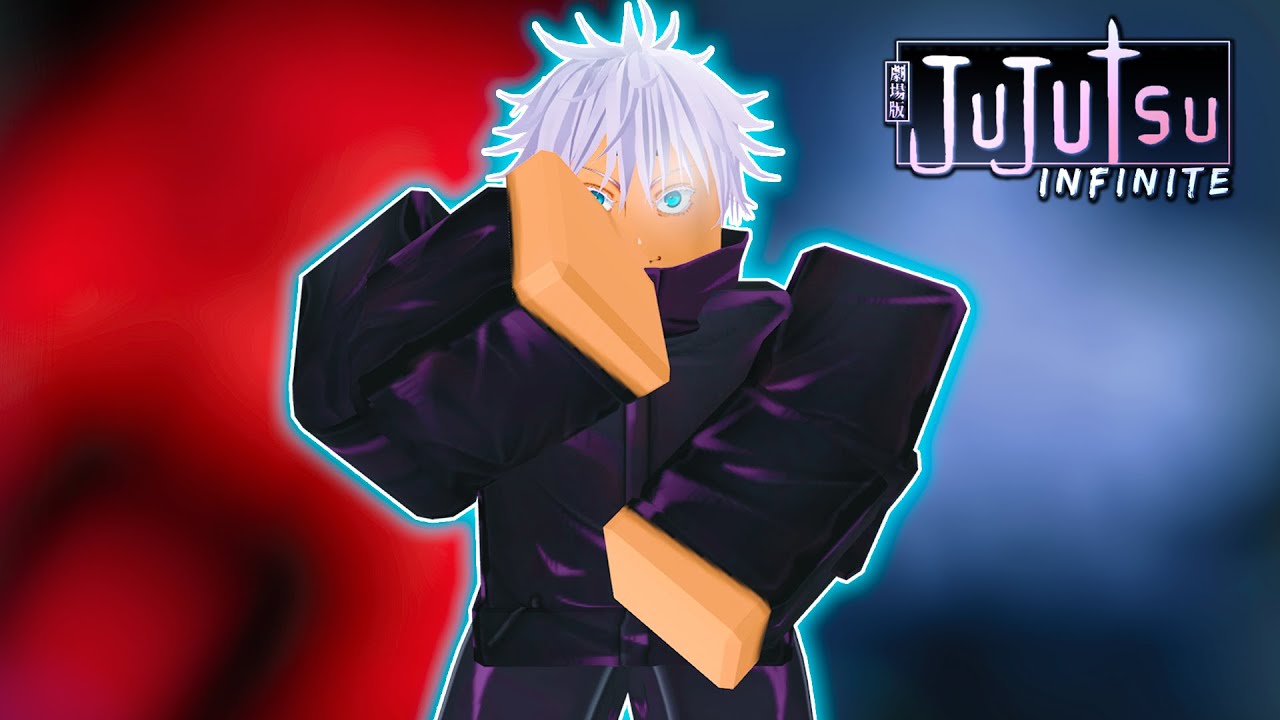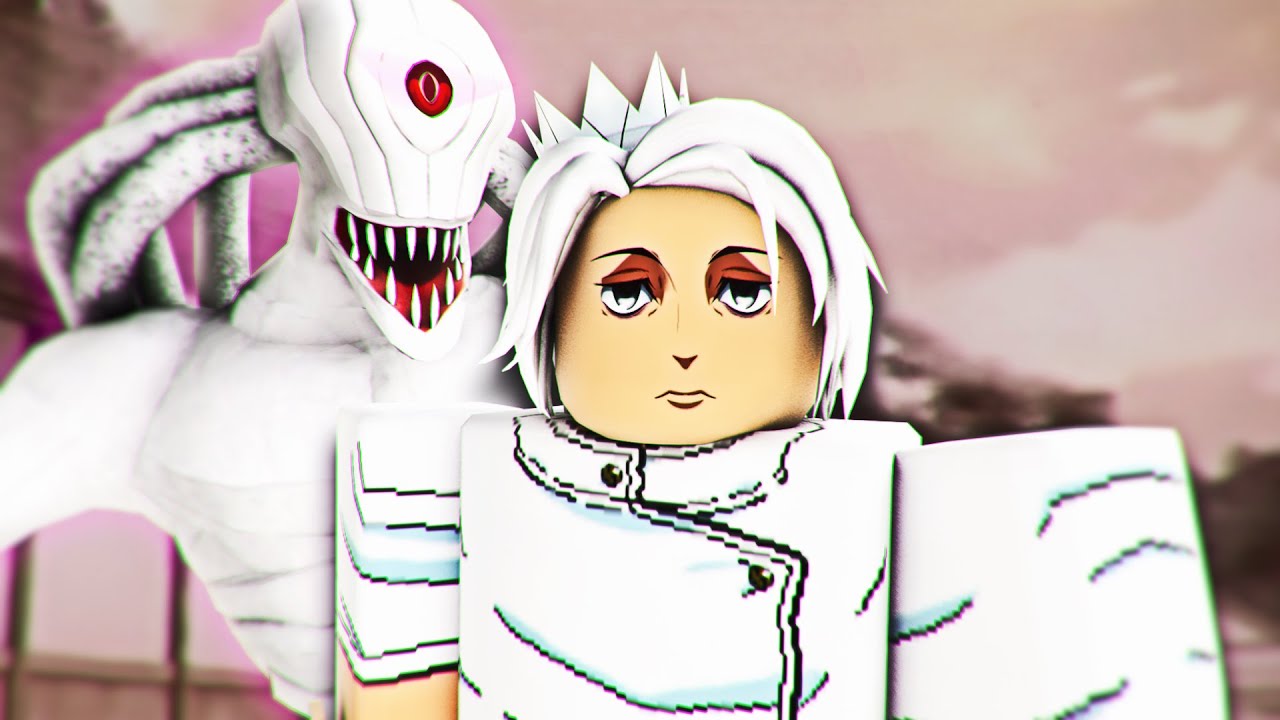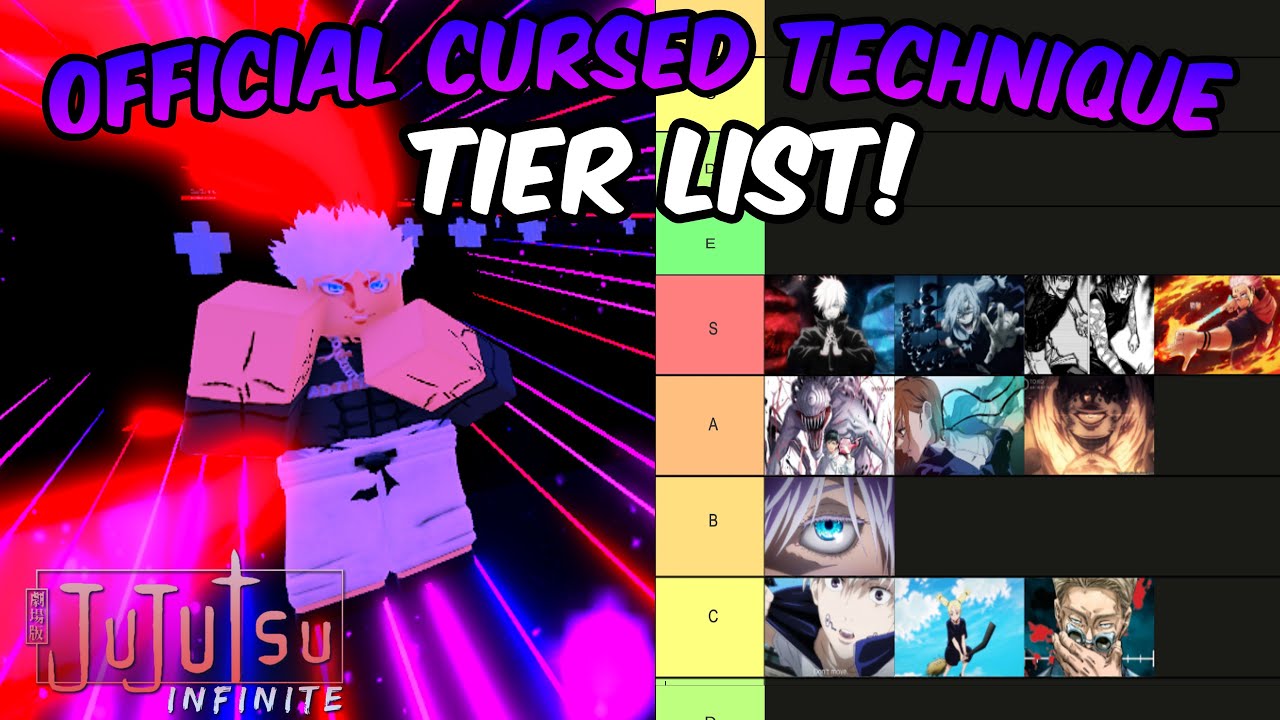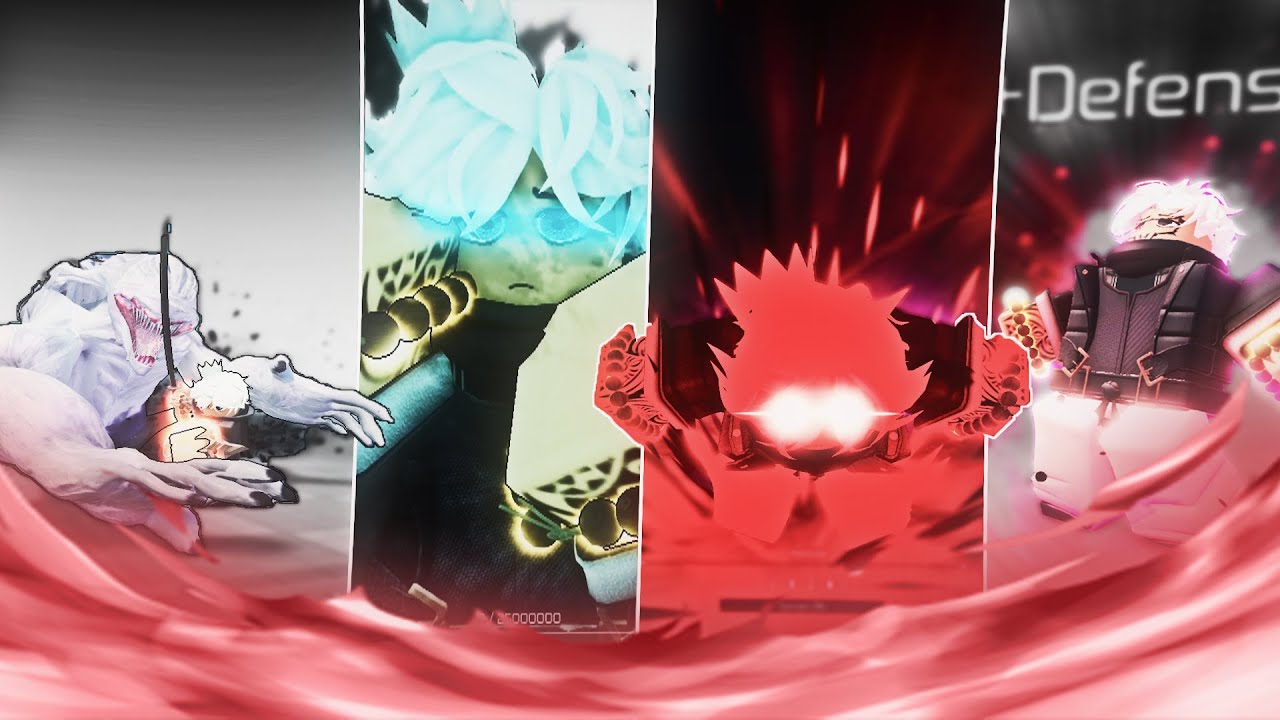Jujutsu infinite innate techniques, a fascinating aspect of the ancient martial art, offer a limitless array of possibilities in combat. These techniques, deeply rooted in the principles of jujutsu, empower practitioners with an arsenal of maneuvers that can adapt to any situation.
Dive into the intricate world of jujutsu infinite innate techniques and discover their historical significance, applications, and cultural impact.
From grappling holds to devastating throws, jujutsu infinite innate techniques provide a comprehensive system for self-defense and combat effectiveness. Their versatility and adaptability have made them a cornerstone of jujutsu for centuries, and their continued evolution ensures their relevance in modern combat scenarios.
Introduction
Jujutsu is a traditional Japanese martial art that emphasizes grappling and submission techniques. It originated in the 16th century as a way for unarmed warriors to defend themselves against armed opponents. Jujutsu practitioners use their opponents’ strength against them, employing leverage and joint locks to control and subdue them.
Infinite innate techniques refer to the vast array of techniques that can be applied in jujutsu. These techniques are not explicitly taught but rather emerge from the practitioner’s understanding of the principles of jujutsu and their ability to adapt to different situations.
This adaptability makes jujutsu a highly effective martial art for self-defense and combat.
Historical Significance of Jujutsu
Jujutsu has played a significant role in Japanese history. It was used by samurai warriors as a close-quarters combat technique and was also taught to police officers and military personnel. In the 19th century, jujutsu was introduced to the West, where it became the foundation for several modern martial arts, including judo, aikido, and Brazilian jiu-jitsu.
Types of Infinite Innate Techniques
Infinite innate techniques in jujutsu encompass a diverse range of abilities that grant practitioners extraordinary powers and capabilities. These techniques can be classified into several distinct types, each possessing unique characteristics and applications.
The most common types of infinite innate techniques include:
Cursed Techniques
Cursed techniques are abilities that are derived from the accumulation of cursed energy within a sorcerer’s body. They can manifest in various forms, such as physical enhancements, energy manipulation, or summoning abilities. Cursed techniques are typically unique to each sorcerer and reflect their individual personality and strengths.
Domain Expansions
Domain expansions are powerful techniques that create a separate space around the sorcerer. Within this space, the sorcerer has complete control over the environment and can use their cursed techniques to their full potential. Domain expansions are incredibly difficult to break and can be extremely dangerous for opponents.
Reverse Cursed Techniques
Reverse cursed techniques are abilities that manipulate positive energy, also known as “reverse cursed energy.” Unlike cursed techniques, which can cause harm or destruction, reverse cursed techniques are used for healing and restoration. They can be used to heal injuries, restore stamina, and even revive the dead.
Barrier Techniques
Barrier techniques are abilities that create barriers or force fields to protect the sorcerer or their allies. These barriers can be used to block attacks, trap opponents, or create a safe space for healing. Barrier techniques are often used in conjunction with other infinite innate techniques to provide additional protection.
Binding Vow Techniques
Binding vow techniques are abilities that are activated by making a vow or contract. These vows can be anything from simple promises to complex rituals. Once the vow is made, the sorcerer gains access to powerful abilities that are proportional to the strength of the vow.
Binding vow techniques can be incredibly powerful but also come with great risks.
Principles and Mechanisms
Infinite innate techniques are governed by a set of fundamental principles that determine their operation and execution. These principles include:
- Energy conservation:Infinite innate techniques do not violate the laws of thermodynamics. They operate within the constraints of energy conservation, utilizing existing energy sources or harnessing external energy to power their effects.
- Quantum mechanics:Infinite innate techniques often involve the manipulation of quantum states or the exploitation of quantum phenomena. This allows for the creation of effects that would be impossible under classical physics.
- Chaos theory:Infinite innate techniques can exhibit chaotic behavior, with unpredictable and complex outcomes. This unpredictability can make them difficult to control or predict.
The mechanisms by which infinite innate techniques are executed vary depending on the specific technique. However, some common mechanisms include:
- Genetic manipulation:Infinite innate techniques can be encoded in the genetic material of an individual, allowing them to be passed down from generation to generation.
- Environmental manipulation:Infinite innate techniques can manipulate the environment around an individual, creating conditions that allow them to perform extraordinary feats.
- Symbiosis:Infinite innate techniques can involve symbiotic relationships with other entities, such as spirits or animals, that provide additional power or abilities.
Applications in Combat
Infinite innate techniques find extensive applications in combat situations, offering practitioners unparalleled advantages. These techniques enable individuals to harness their innate abilities to enhance their physical and mental capabilities, resulting in exceptional combat effectiveness.
Real-World Applications
In real-world combat scenarios, infinite innate techniques have proven highly effective. Practitioners have demonstrated superhuman strength, speed, and agility, allowing them to overcome formidable opponents and neutralize threats swiftly. Moreover, these techniques provide enhanced perception, enabling users to anticipate attacks and react with lightning-fast reflexes.
Enhanced Physical Capabilities, Jujutsu infinite innate techniques
Infinite innate techniques significantly enhance physical capabilities, granting practitioners superhuman strength and speed. By accessing their inner reserves, they can deliver devastating blows and move with astonishing agility, outmaneuvering and overpowering their adversaries.
Heightened Sensory Perception
These techniques also heighten sensory perception, allowing practitioners to detect subtle movements, anticipate attacks, and react accordingly. Enhanced vision, hearing, and spatial awareness provide them with a tactical advantage, enabling them to avoid danger and seize opportunities.
Improved Mental Focus and Concentration
Infinite innate techniques promote mental focus and concentration, enabling practitioners to maintain composure under pressure. They can clear their minds of distractions, enhance their decision-making abilities, and execute complex maneuvers with precision.
Training and Development
Training and developing infinite innate techniques requires a combination of physical, mental, and spiritual practices. The journey begins with finding a qualified mentor who can guide the individual through the complexities of these techniques.
Proper guidance is essential, as it helps ensure that the individual progresses safely and effectively. The mentor provides instruction on the principles and mechanisms of the techniques, as well as supervises the individual’s practice to correct any errors and provide feedback.
Physical Training
- Repetition and Practice:The foundation of physical training involves repetitive practice of the techniques to develop muscle memory and improve coordination.
- Strength and Conditioning:Strength training and conditioning exercises are incorporated to enhance physical strength, endurance, and flexibility, which are essential for executing the techniques effectively.
- Energy Cultivation:Techniques such as qigong and meditation are employed to cultivate and harness internal energy, which is crucial for powering the innate techniques.
Mental Training
- Focus and Concentration:Mental training focuses on developing unwavering focus and concentration to maintain a clear mind during combat and execute techniques with precision.
- Visualization and Intent:Visualization exercises are used to create a mental image of the desired outcome, while intent training helps align the individual’s willpower with the execution of the techniques.
- Emotional Control:Emotional control is essential to prevent negative emotions from interfering with the execution of the techniques and to maintain a calm and composed state of mind.
Spiritual Training
- Connection to the Source:Spiritual training involves connecting with the source of the innate techniques, whether it be a deity, a natural force, or an internal energy source.
- Self-Awareness and Reflection:Self-awareness and reflection are emphasized to gain a deep understanding of one’s strengths, weaknesses, and motivations, which can enhance the effectiveness of the techniques.
- Harmony with the Universe:Practitioners strive to achieve harmony with the universe by aligning their actions with natural principles and respecting the balance of forces.
Evolution and Refinement: Jujutsu Infinite Innate Techniques
The history of infinite innate techniques in jujutsu is marked by continuous evolution and refinement. Over the centuries, key figures have emerged, contributing innovations that have shaped the development of these techniques.
One of the earliest known practitioners of jujutsu was Takenouchi Hisamori, who lived during the Heian period (794-1185). Hisamori is credited with developing the concept of atemi, or striking vital points, which became an integral part of jujutsu techniques.
Key Figures and Innovations
- Takenouchi Hisamori: Developed the concept of atemi, or striking vital points.
- Akiyama Shirobei: Founded the Daito-ryu Aiki-jujutsu school, which emphasized the use of body mechanics and leverage.
- Ueshiba Morihei: Founded the Aikido school, which further developed the principles of atemi and body mechanics.
Cultural Significance
Infinite innate techniques hold deep cultural significance within the context of jujutsu, representing the preservation and transmission of martial traditions.
These techniques have been passed down through generations, embodying the wisdom and experience of countless masters. They serve as a tangible link to the past, connecting practitioners with the lineage and history of their art.
Role in Preserving Martial Traditions
- Infinite innate techniques provide a repository of knowledge and skills that would otherwise be lost to time.
- They embody the core principles and philosophies of jujutsu, ensuring their continuity and authenticity.
- By practicing these techniques, students connect with the legacy of their predecessors and deepen their understanding of the art’s cultural heritage.
Modern Applications
Infinite innate techniques have evolved beyond their traditional combat applications, finding contemporary uses in various fields.
One significant application is in self-defense. These techniques empower individuals with effective and instinctive responses to threats, enabling them to neutralize attackers without relying on brute force or extensive training.
Law Enforcement
- Infinite innate techniques provide law enforcement officers with non-lethal options for subduing suspects.
- They can be used to control unruly individuals, minimize injuries, and de-escalate tense situations.
Other Fields
- In healthcare, infinite innate techniques are being explored for rehabilitation and pain management.
- In performing arts, they enhance physical expression and coordination.
- In education, they foster self-awareness and promote physical and mental well-being.
Summary
Jujutsu infinite innate techniques are a testament to the ingenuity and adaptability of the human spirit. Their enduring legacy in martial arts and combat sports speaks volumes about their effectiveness and enduring appeal. As the martial arts landscape continues to evolve, these techniques will undoubtedly remain a vital part of the jujutsu tradition, empowering practitioners with a limitless arsenal of skills for self-defense, combat, and personal growth.
Quick FAQs
What are jujutsu infinite innate techniques?
Jujutsu infinite innate techniques are a vast collection of maneuvers and techniques that are deeply rooted in the principles of jujutsu. These techniques are characterized by their adaptability, versatility, and effectiveness in combat situations.
How are jujutsu infinite innate techniques used in combat?
Jujutsu infinite innate techniques are employed in combat to control and subdue opponents using a combination of grappling holds, throws, and joint locks. Their focus on leverage and body mechanics allows practitioners to overcome larger and stronger adversaries.
What is the historical significance of jujutsu infinite innate techniques?
Jujutsu infinite innate techniques have a rich history dating back centuries. They were developed by samurai warriors as a means of self-defense and combat effectiveness on the battlefield. Over time, these techniques have been refined and adapted for use in various martial arts disciplines.



